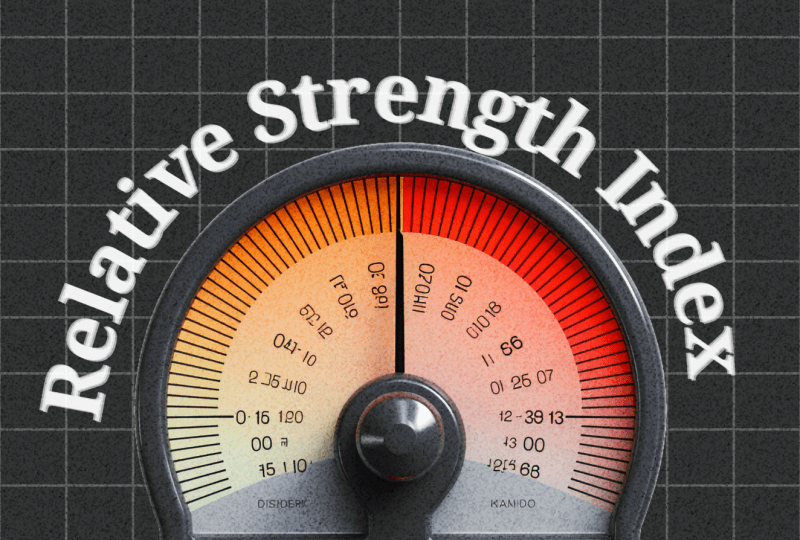Fear Is Back. How to Profit From It.
Dec 02, 2021

Fear is back in vogue.
In such an unstable situation, it's difficult to be sure about anything, but the newest Covid form, along with the understanding that the Federal Reserve's easy-money policy may end sooner than planned, shook stocks and heightened concerns in the options market.
The market's fear indicator, the Cboe Volatility Index, or VIX, has appeared to be stuck at a dormant level as if investors had forgotten share prices may fall. It has risen dramatically in the last time.
In late October, the VIX was around 15, and it just hit above 32. Some analysts believe that a VIX level of 30 indicates economic crisis worries.
In a hearing before the Senate Banking Committee on Tuesday, Fed Chairman Jerome Powell said it was past time for the bank to stop treating inflation as a passing fad. In reaction, the equity market fell and the VIX rose, though it has since recovered some of the gains.
There will be a lot of talk about the VIX movements, but one thing is certain: investors who have previously avoided put options are suddenly purchasing them to hedge their portfolios. Even while share prices continued to rise, the tendency started in August. However, it took the appearance of the Omicron variety — as well as Powell's apparent realization that inflation may not recede as soon — to decisively sway investor mood.
The unexpected demand for puts, which rise in price as share prices fall, has served to reverse the bizarre market momentum that has defined most of the year.
Call option premiums tended to climb in tandem with equity prices as they rose. The urge to acquire calls, which grow in value when stock prices climb, led to bullish calls typically costing more than bearish puts.
Usually, it is the other way around.
The return to regular market behavior is, at least for the time being, a chance for everyone who trades options in the stock market. Excessive put prices may appear appealing to investors looking to purchase equities on weakness. Investors might get rewarded by the options market for committing to purchase an asset at a lower price by selling a cash-backed put.
The put-sell approach is best for investors who have strong confidence in the value of the stock and have a long enough horizon to overcome short-term volatility.
We have routinely recommended investors consider selling puts on dividend-paying blue-chip equities that can hold for three to five years. However, it makes sense to be more cautious now. It's difficult to get a handle on the Omicron strain, let alone the Fed's measures.
Aggressive investors who want to trade should look out for options that expire before the end of the next Fed's next session on December 15. It's difficult to predict how the market will respond to more hawkish rhetoric on rates and rate cuts, or even the lack of such discussion.
For those who can't wait and like trading, try to sell puts with an expiration date of December 10. The Technology Select Sector SPDR exchange-traded fund (ticker: XLK) is one viable vehicle, as it includes several significant technology businesses that may be seen as safe zones in troubled periods.
Since the ETF is priced at $166.41, aggressive investors can sell a $161 put expiring December 10 for roughly $1.50.
After the Fed finishes its meeting and the situation in the market becomes more clear, the position may change in line with changing market dynamics.




